STUDENT WORK GALLERY
The following selection of student work is a diverse sample of creative learning that is common in my classroom. I am passionate about empowering student creativity and choice in how and in what ways students want to express their learning. Drawing, acting, designing, and editing illustrations, skits, and videos.
VISUAL NOTE / SKETCH NOTE TAKING
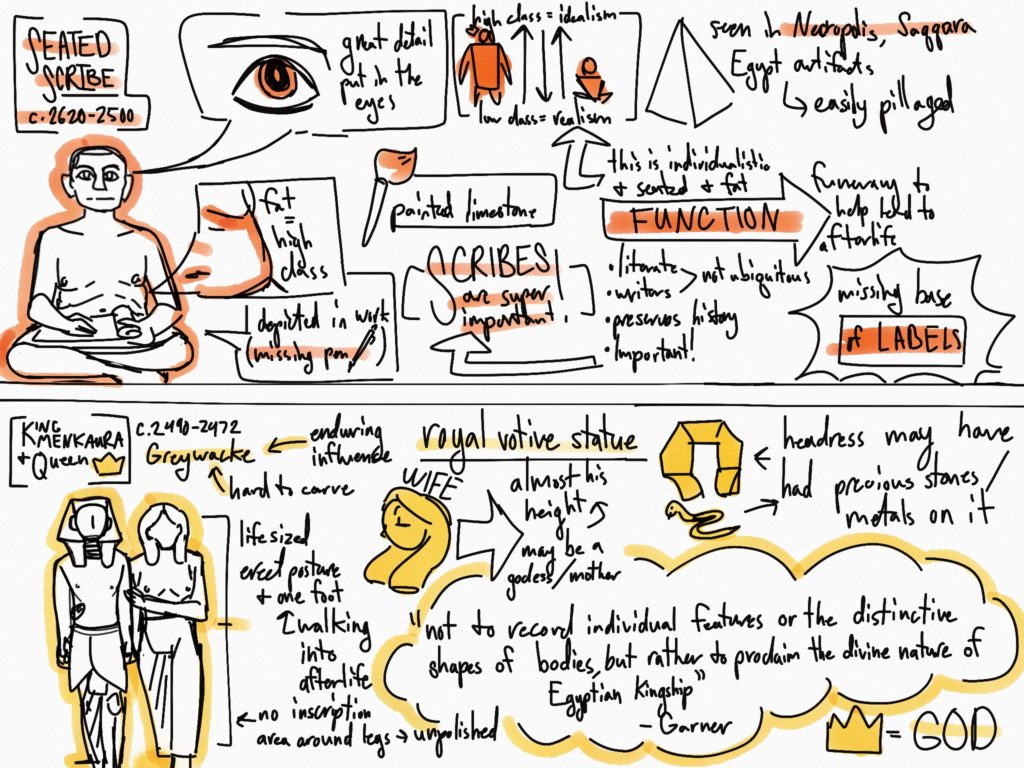
Often students are asked to take notes from their reading. AP Art History covers a number of works of art and movements throughout history. This student chose to illustrate the key elements of the two works being studied by taking visual notes. This method involves the note taker making visual representations of the content along with text to make cognitive links between image and content. This example of visual notes was created on an iPad using a stylus.
INFOGRAPHIC CREATION
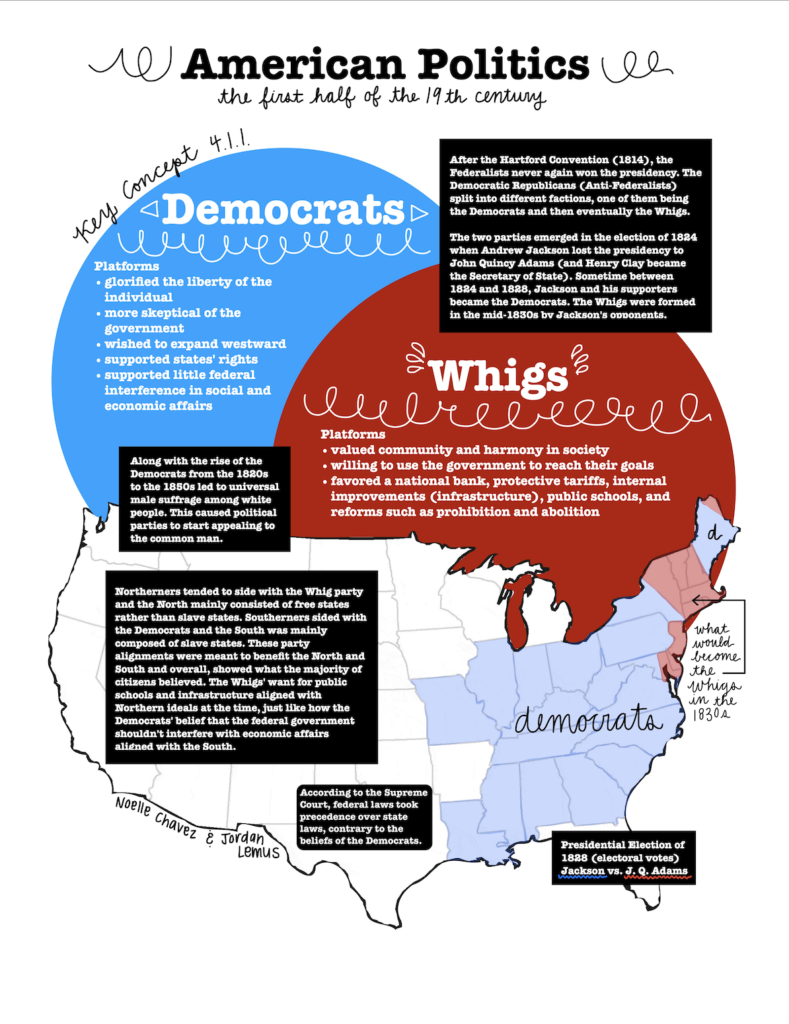
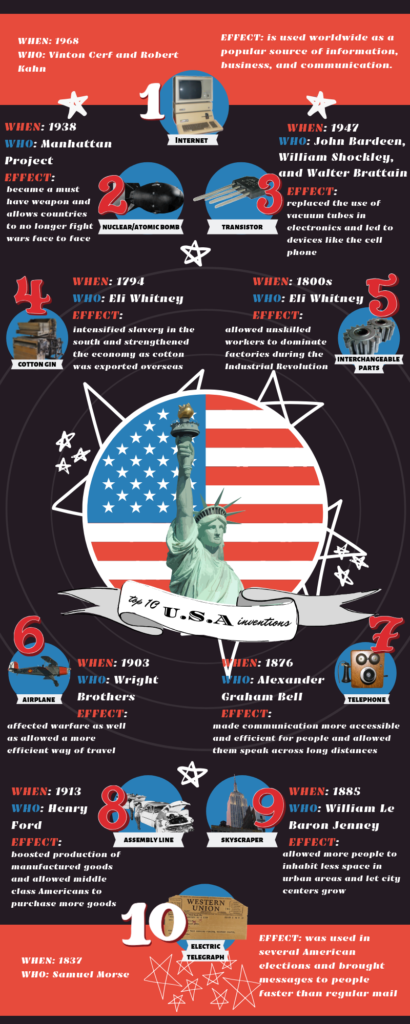
Infographics are powerful creative tools to display information and student learning graphically, either through drawing or digital design using tools like Pictochart. The above two examples come from the same AP United States History class. The first example is a digitally drawn infographic with text overlay displaying a team of two’s understanding of a specific key concept regarding political parties in the late 19th century. The second example was created using an infographic creating tool and identifies the top 10 most important technological innovations made in United States history.
REINACTACTMENT & STILL LIFE CREATION
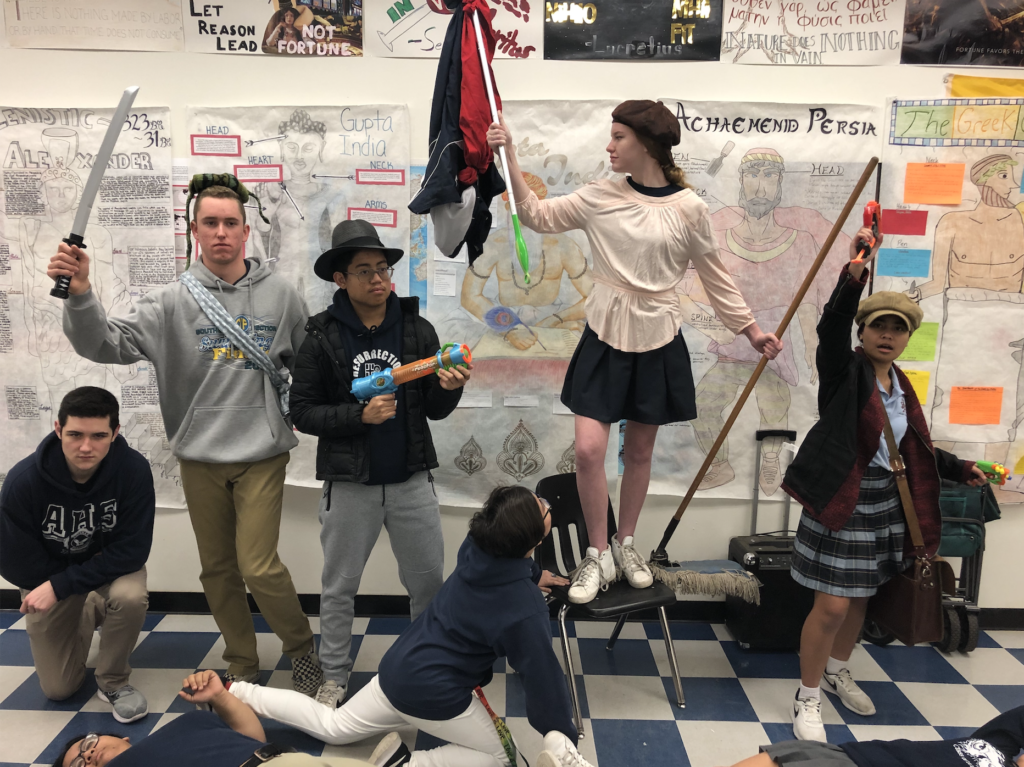
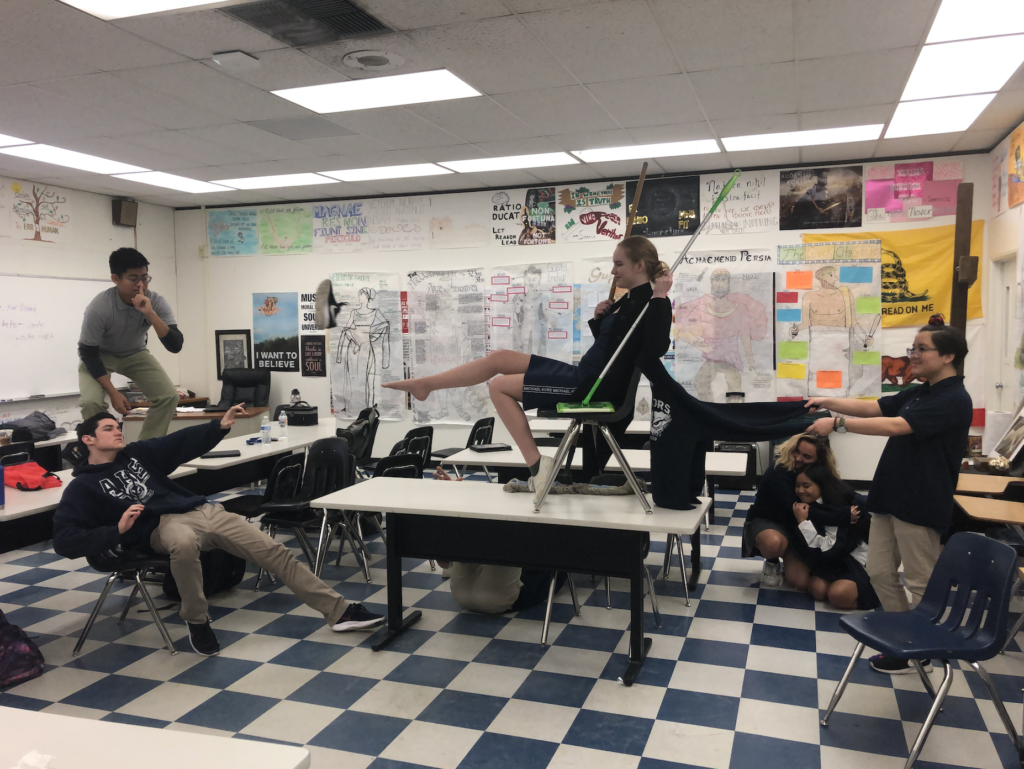
Learning looks like a variety of different things, often taking the form of rather unconventional means. The above images capture a small group of AP Art History students who chose to reenact the iconic works of art that they were studying to make connections to the material. They had a lot of fun adapting the above images with materials that were in the classroom already. The first picture is a recreation of “Liberty Leading the People” by Eugène Delacroix. The second picture is a recreation of “The Swing” by Jean-Honoré Fragonard.
MEME CREATION
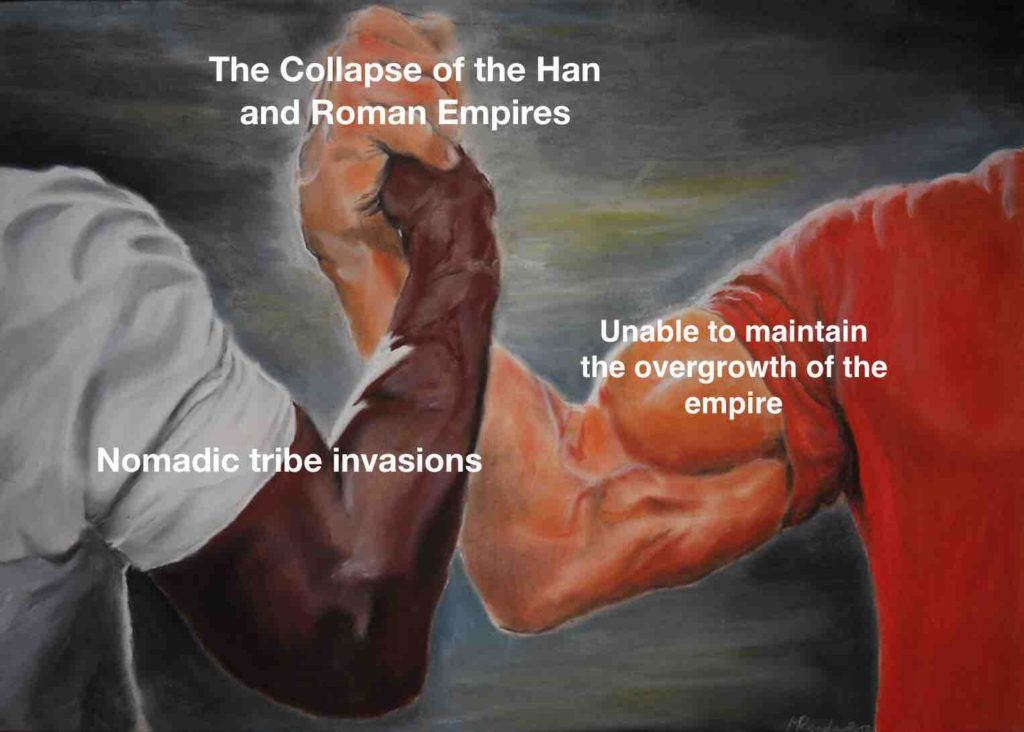
One of the most common ways of communicating today among young people is through social media. And perhaps the most pervasive expression of ideas is a neo-pictogram called the “meme.” Technically, the above image is an image macro, which is a type of meme. This meme depicts two different men clasping hands to accomplish something together. It is used to express the idea of unaffiliated or different things joining forces to accomplish some goal or outcome. While these memes are created for comedy, they often carry rather deep meaning. Capture this new “language” in popular culture and using it for the classroom is a new and powerful way to connect the information to humor, culture, and meaning. Students use high-order thinking to translate learned concepts to create effective memes. The above example comes from AP World History in which a student explains the common, though diverse and seemingly unrelated, causes of the collapse of the Han Dynasty and Roman Empire at the end of the classical period.
REPLICAS & RECREATIONS
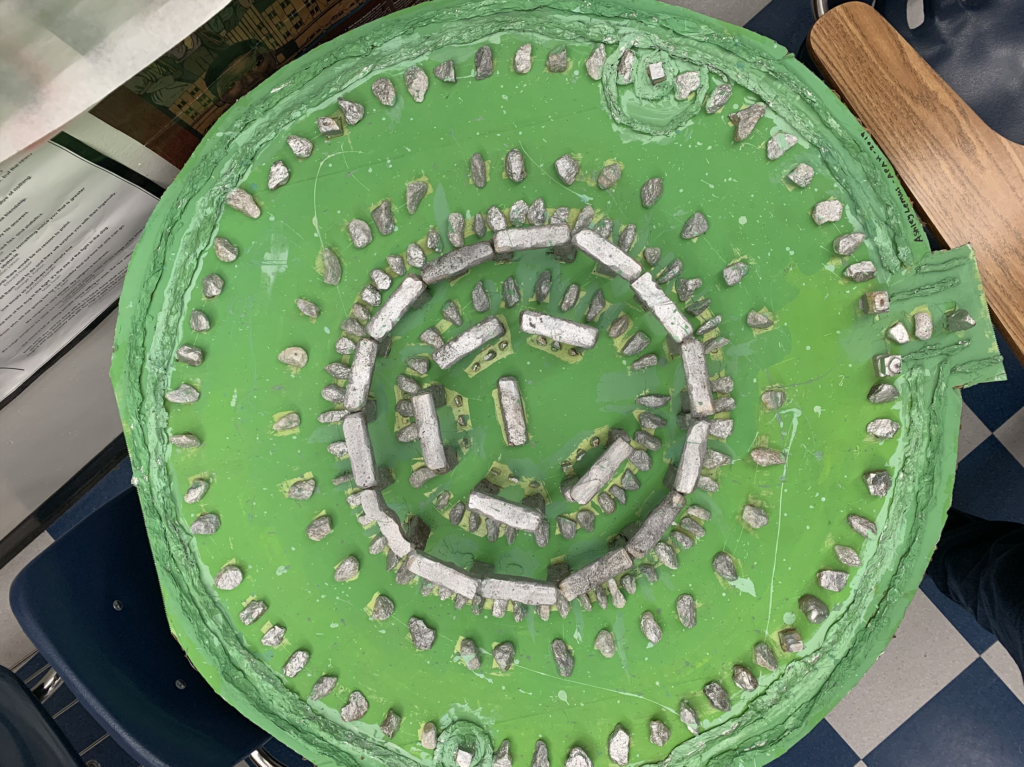
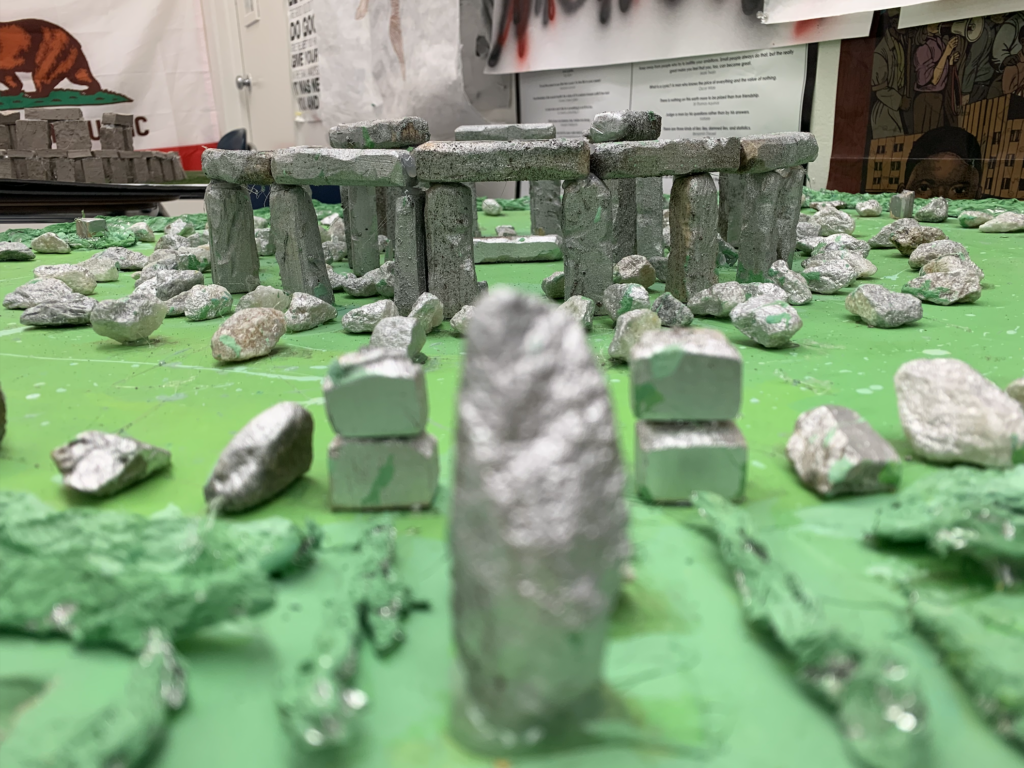
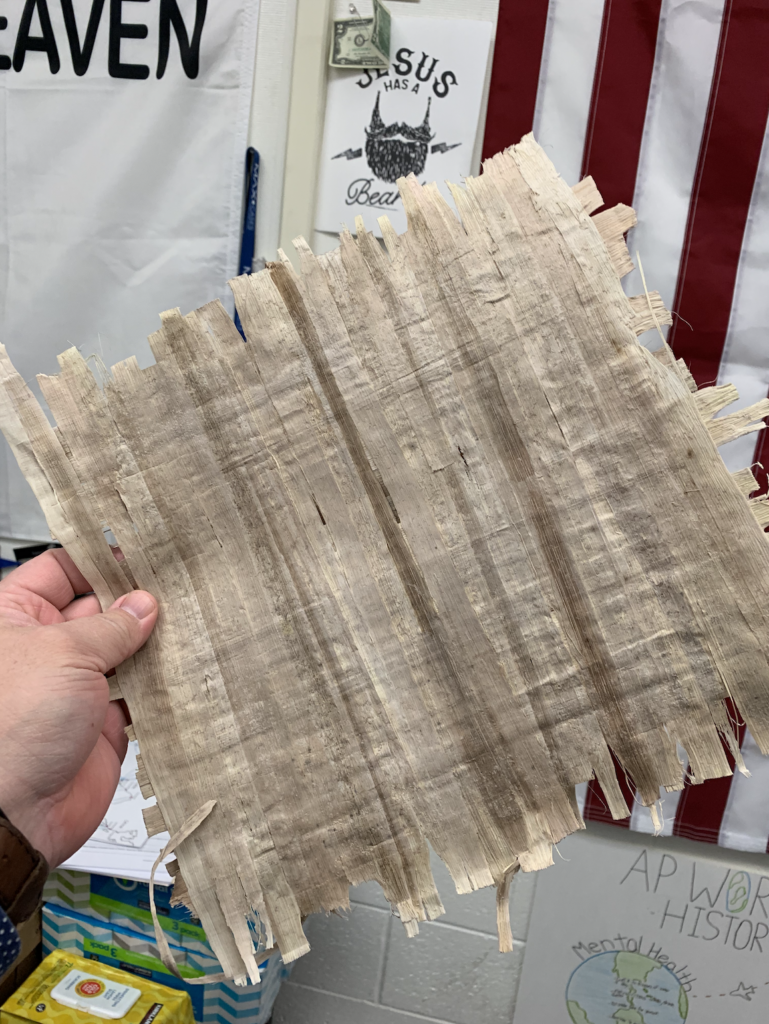
Recreating either as authentically as possible or by making scaled models can help students understand the content they are studying at profound depths. The first two images come from a student project recreating a scaled 100:1 replica of Stonehenge. She machined wooden blocks to appear like stones and accurately calculated the size of each stone and the distance between each as Stonehenge was at its hight of use thousands of years ago. The third image is the finished product of AP World History students creating Egyptian papyrus paper from plant to paper. The students harvested the papyrus reeds, cut, soaked, laid out, and pressed the sliced reed to create this authentic ancient paper. Students gained a new insight into the difficulty and value of an often overlooked modern tool that once took a great deal of time and effort to produce.
COMIC BOOK CREATION
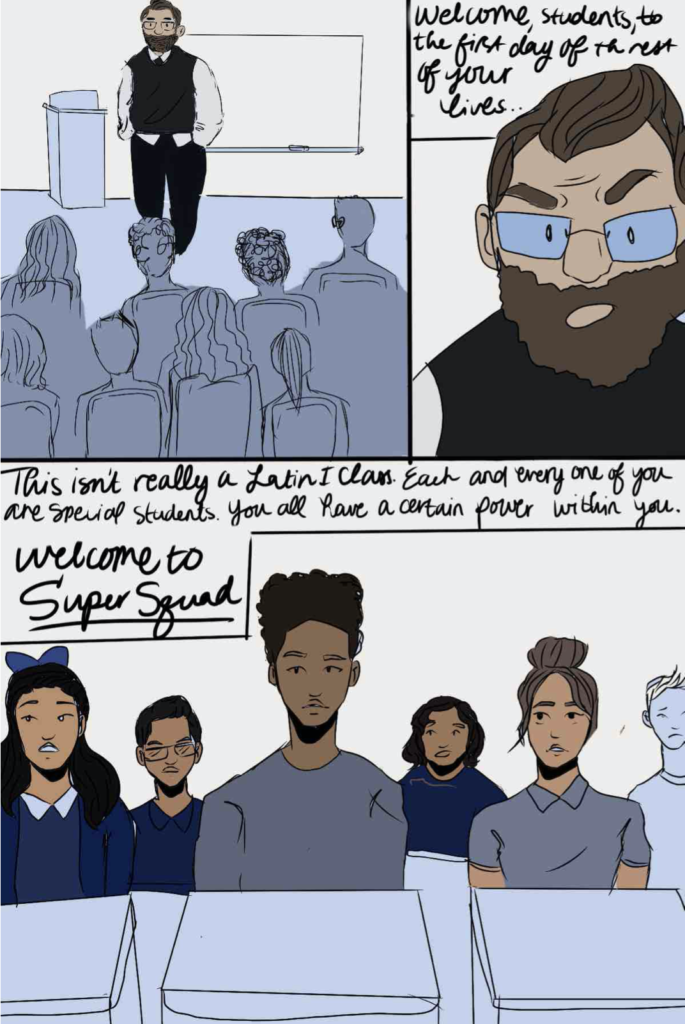
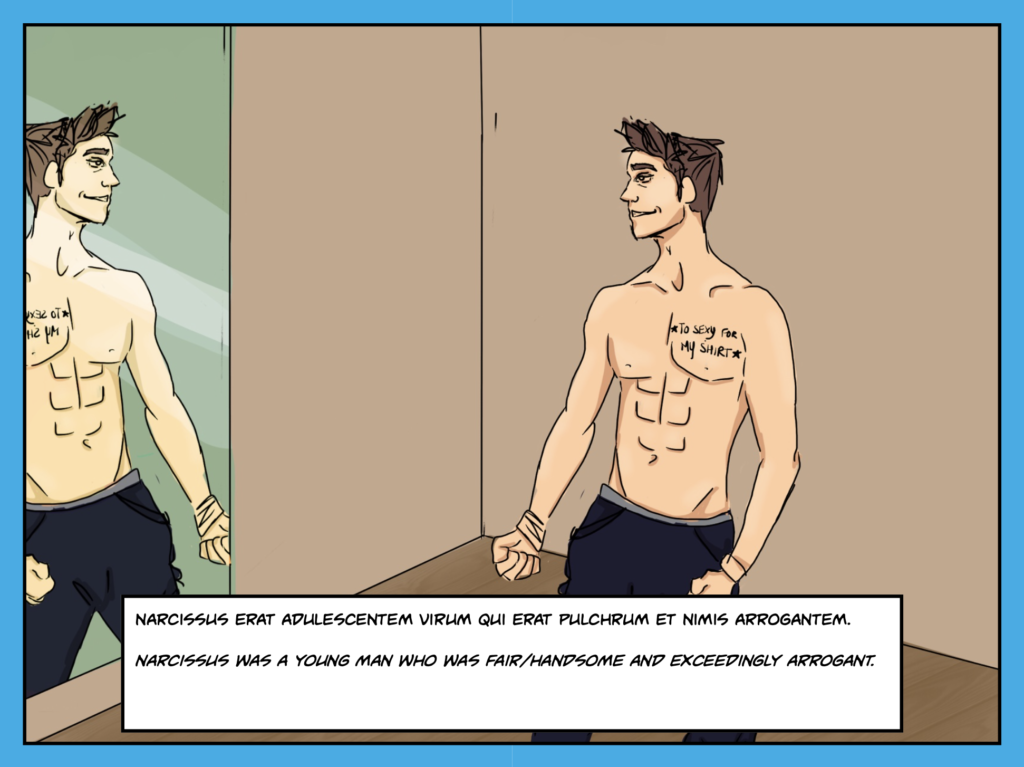
Designing and creating a visual story combines different aspects of processing information. Students from Latin created comics of their own choice to express their understanding of both the myths and culture studied in the class, as well as their ability to tell a story in side-by-side Ancient Latin and English. The first excerpt comes from a super-hero story based at their school (and their Latin teacher) that pulled elements of epic heroes. The second excerpt comes from a modern telling of the Myth of Narcissus, but instead of admiring this own beauty in a pool of water, this Narcissus cannot stop looking at himself in the gym mirror.
MUSIC CREATION & ILLUSTRATION
Students often choose to express their learning through recording, the writing of lyrics, and creating music videos. This type of creation is done in small groups and often involves many different methods and tools for expressing the information and skills learned. The first video is a biography project. Instead of assigning specific reading and testing students on the life of Catullus, they chose to research and create a music rap battle entitled “Catullus is da illest.” Students researched, wrote the lyrics, recording the original music, and animated the images for the music video. The second video is an original love song written in Latin with a modern tone. The students created the lyrics in Latin, recorded the original music, and produced a music video expressing their ideas.
SHORT FILM CREATION
Perhaps the ultimate convergence of art and learning is expressed through student-led short film creation. Undertaking a project of this magnitude requires time, clearly defined roles in a large group, and space to make choices. These Latin students decided to create a Harry Potter-inspired short film using the Latin that they had learned to that point. Students wrote a script, cast the roles, divided the labor into clearly defined responsibilities, shot the film, and edited the project for a culminating group project. The clip above came from the 40-minute video in which students filmed off-campus on a Saturday, used a drone to capture footage, and, in post-production, taught themselves after Adobe After Effects to animate the spells in the final battle sequence. The entire endeavor was ambitious, but by providing space and time, the students learned a great deal and created a memorable project.
